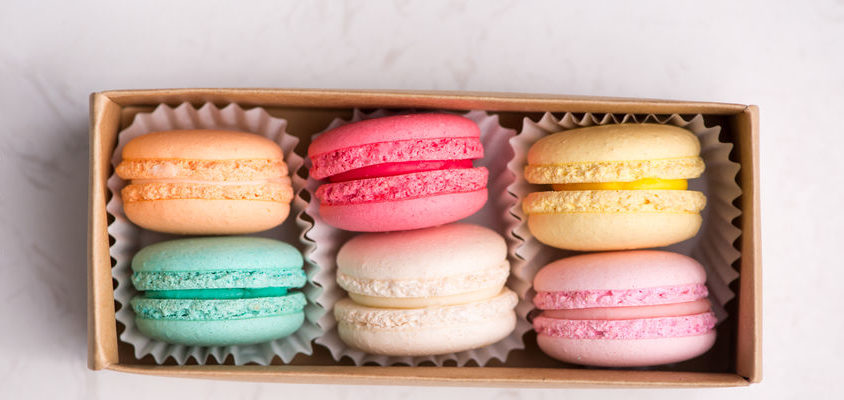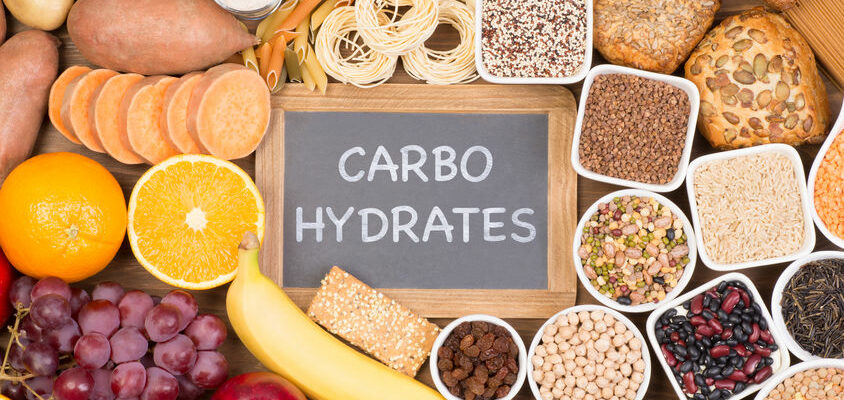
Food must look appetizing to get tasted. We brown steaks, ripen bananas and add color to candies all in an effort to make food more enjoyable. These visual cues tell us when the food is good to eat and help us identify flavor. Color makes food appealing. Here are some synthetic color additives that are batch certified and allowed for use in United States:
- Red #3
- Red #40
- Yellow #5
- Yellow #6
- Green #3
- Blue #1
- Blue #2
From their inception, there have been concerns that colors are added to food to hide poor quality or that they are harmful. These fears were recognized early on. Almost immediately, governments decided to make rules to prevent deceitful practices, for example in 1396 the Paris edict forbade the coloring of butter.
Can colors be more complicated?
Sometime, it may seem that way. However, colors that are allowed for use in foods in the US can simply be divided into three categories:
- Synthetic, certified water soluble dyes.
- Synthetic, certified lakes which are oil soluble and formed from dyes.
- Exempt, derived from plant, animal, mineral or synthetic version of natural color.
Common color additives exempt from-certification in the United States:
- Annatto extract
- Anthocyanins (Vegetable juices, Fruit juices and extracts)
- Beet juice and powder
- Caratenoids/ caroteneal
- Caramel colors
- Carmine
- Paprika oleoresin
- Pearlescent Pigments
- Riboflavin
- Saffron
- Sodium copper chlorophyll
- Spirulina extract
- Synthetic iron oxide
- Titanium dioxide
- Tomato lycopene
- Turmeric oleoresin
Further information on colors specifically permitted in food in the United States is found here: Summary of Color Additives for Use in the United States in Foods, Drugs, Cosmetics and Medical Devices.
Governments don’t always agree on colors
In 1956, the Food and Agriculture Organization (FAO) and World Health Organization (WHO) began a joint effort to evaluate scientific data on food additives and recommend safe levels for use in foods. This committee is called Joint Expert Committee on Food Additives (JEFCA) and they determine acceptable daily intake (ADI) and standards of quality for color additives. This database of food additives is called Codex General Standard for Food Additives (GFSA) and is accessible online.
By using an expert panel, JEFCA, non-affiliated with business operations, consumers have assurance on the safety and quality of the food they buy.
JECFA recommendations are voluntary, but often serve as standards for national legislation. Countries can choose to take a stricter approach. For example, the following colors are not approved for use in food in the United States, but are in other countries:
Azorubine (Carmoisine), Patent Blue, Brown HT, Brilliant Black, Chlorophylls, Green S, Ponceau 4R (Cochineal red), Quinoline Yellow, Vegetable Carbon
Also, in 2012, the European Union chose to limit consumption of the following colors Yellow #6, Quinoline Yellow, Carmonisine, Red #40, Yellow #5, Ponceau 4R by requiring a label “may have adverse effects on activity and attention in children”.
Why do U.S. color additive regulations differ from other parts of the world?
Globally, regulations differ in regards to food additives. In the United States, in order for a color to be used in food, the governing body of the Food and Drug Administration (FDA) requires evidence of its safety and suitability. The long term and short term effects on consumption must be studied and the composition and manufacturing must be specified.
Some important regulations covering food colors include:
- If an ingredient is being added to a food to purposely change the color of a food, it is a color additive and must be approved by the FDA
- In the United States, a color additive must be labeled as such
- In the United States, a color additive must meet standards of purity
- FDA prohibits the use of natural color on a label unless the color is natural to the food (such as using strawberry juice to color strawberry ice cream)
- The National Organic Program allows the use of some color additives such as those derived from agricultural crops (beet juice, paprika, turmeric, etc.)
- Color additives can be approved for use only in one specific food item. For example, Sodium copper chlorophyllin, a green color, is allowed solely for use in citrus dry mix beverages at levels less than 0.2%.
For more info, check our Youtube!
The regulations of color additives for foods are specific for each color, food application and country. For more detailed information please see International Association of Color Manufacturers website. For answers to consumer questions on color additives, see FDA consumer page.






Leave A Comment